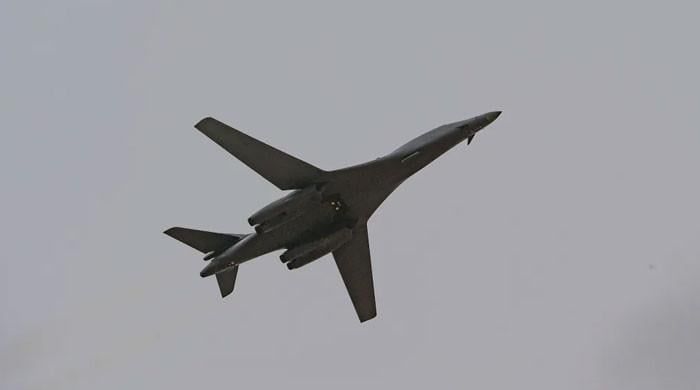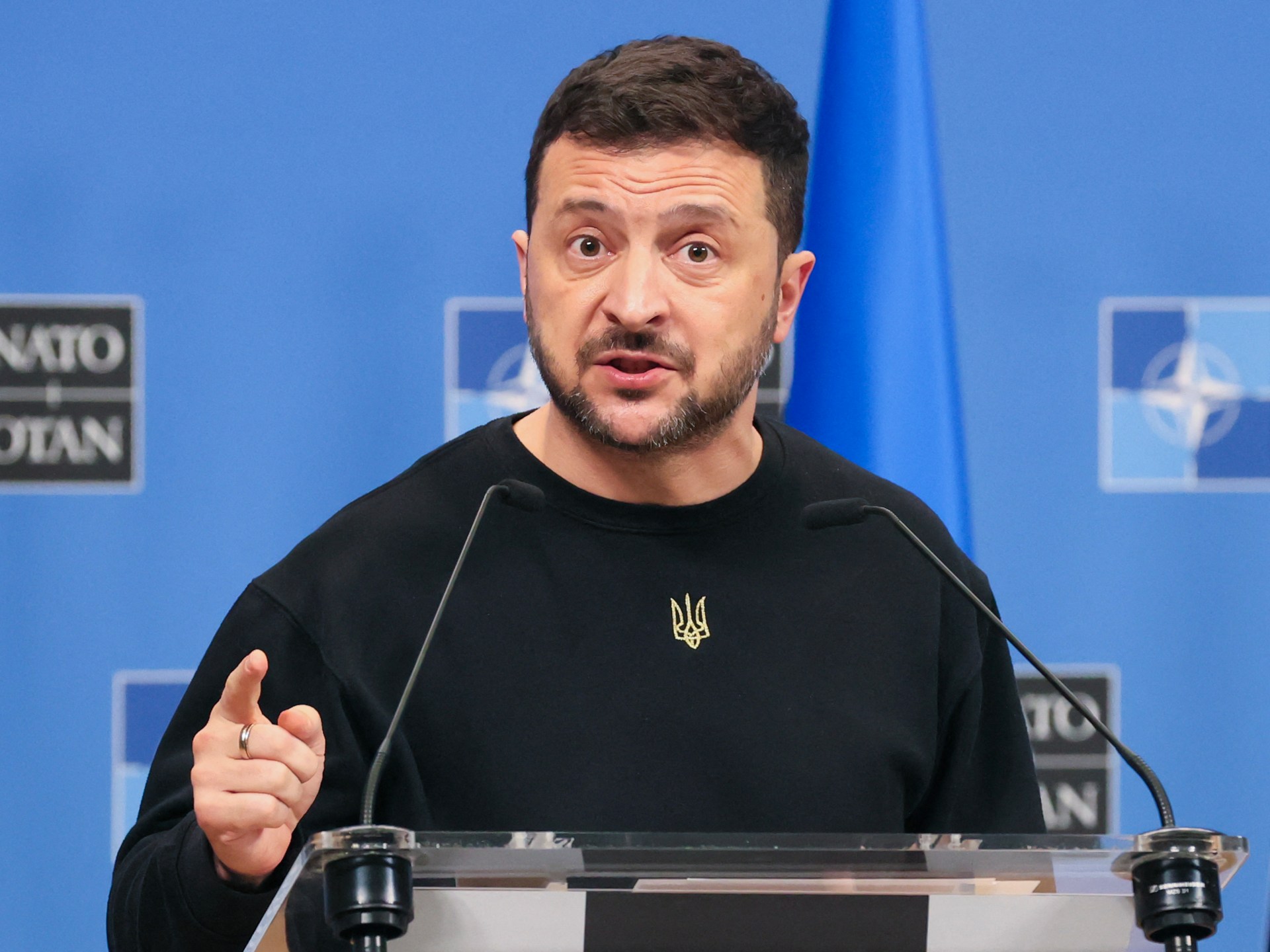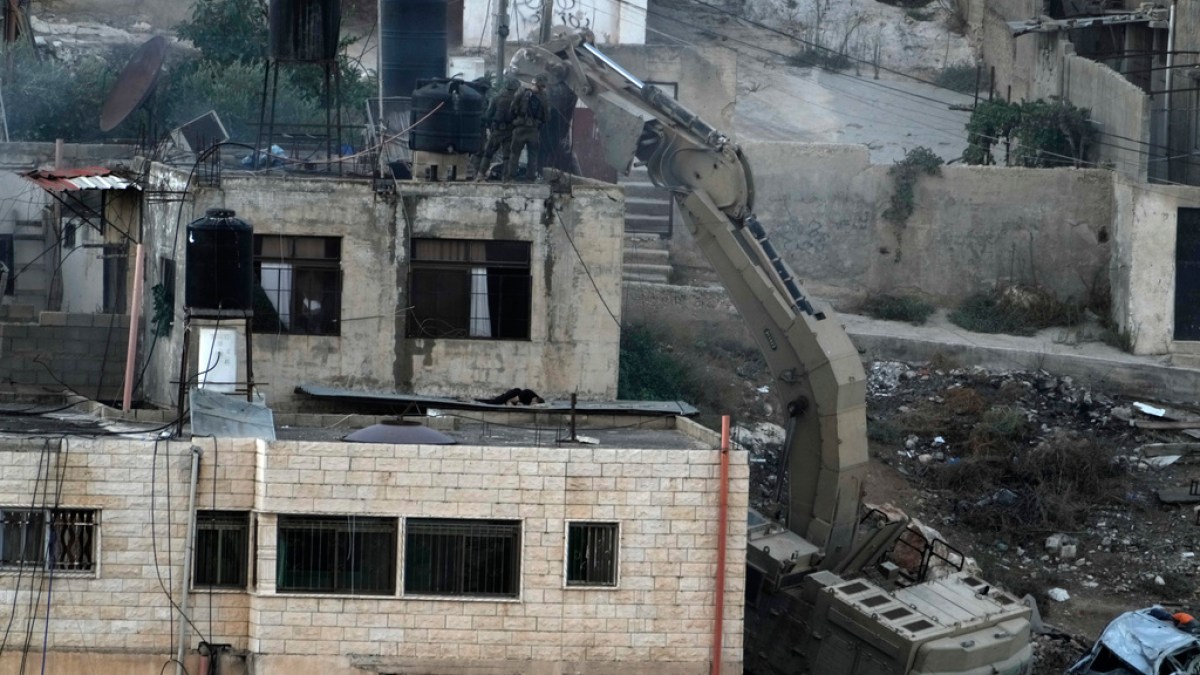The US strikes targeted more than 85 Syrian locations linked to Iran's Revolutionary Guard and the militias they support.
The United States has attacked different areas of Syria with precision airstrikes in response to the recent drone attack that claimed the lives of three American soldiers at a remote base in Jordan.
The Pentagon, although it has not yet issued an official statement, would have authorized these attacks as a retaliatory measure.
The US operation, which used more than 125 munitions, targeted more than 85 locations associated with Iran's Revolutionary Guard and the militias it supports. The attacks focused on command and control centers, rockets, missiles, drone storage facilities, logistics, and munitions supply chain facilities.
While the attacks did not extend to Iranian territory, they do raise concerns about escalating tensions in the already volatile Middle East. The ongoing conflict between Israel and Palestinian Hamas militants, coupled with the aftermath of the deadly attack in Jordan, adds a layer of complexity to regional dynamics.
The airstrikes are seen as the initial step in what is expected to be a multi-layered response by the Biden administration.
Syrian state media reported casualties and injuries as a result of what they called “American aggression” in the desert areas of Syria and along the Syrian-Iraqi border. The precision strikes underscore the U.S. military's intent to strike specific locations without causing widespread collateral damage.
The Biden administration, cautious not to escalate the situation into a full-blown conflict, stressed its commitment to protecting American interests while avoiding unnecessary confrontations.
Before the airstrikes, President Joe Biden participated in a solemn military ritual at a Delaware air base for the return of fallen soldiers. The dignified transfer, marked by a silent march and emotional gravity, highlights the human cost of the conflict and the somber responsibility of the Commander in Chief.
As tensions persist in the region, the fallout from these airstrikes reverberates through diplomatic channels. The United States, having withdrawn from major foreign conflicts, faces the delicate challenge of maintaining stability while responding resolutely to threats.












